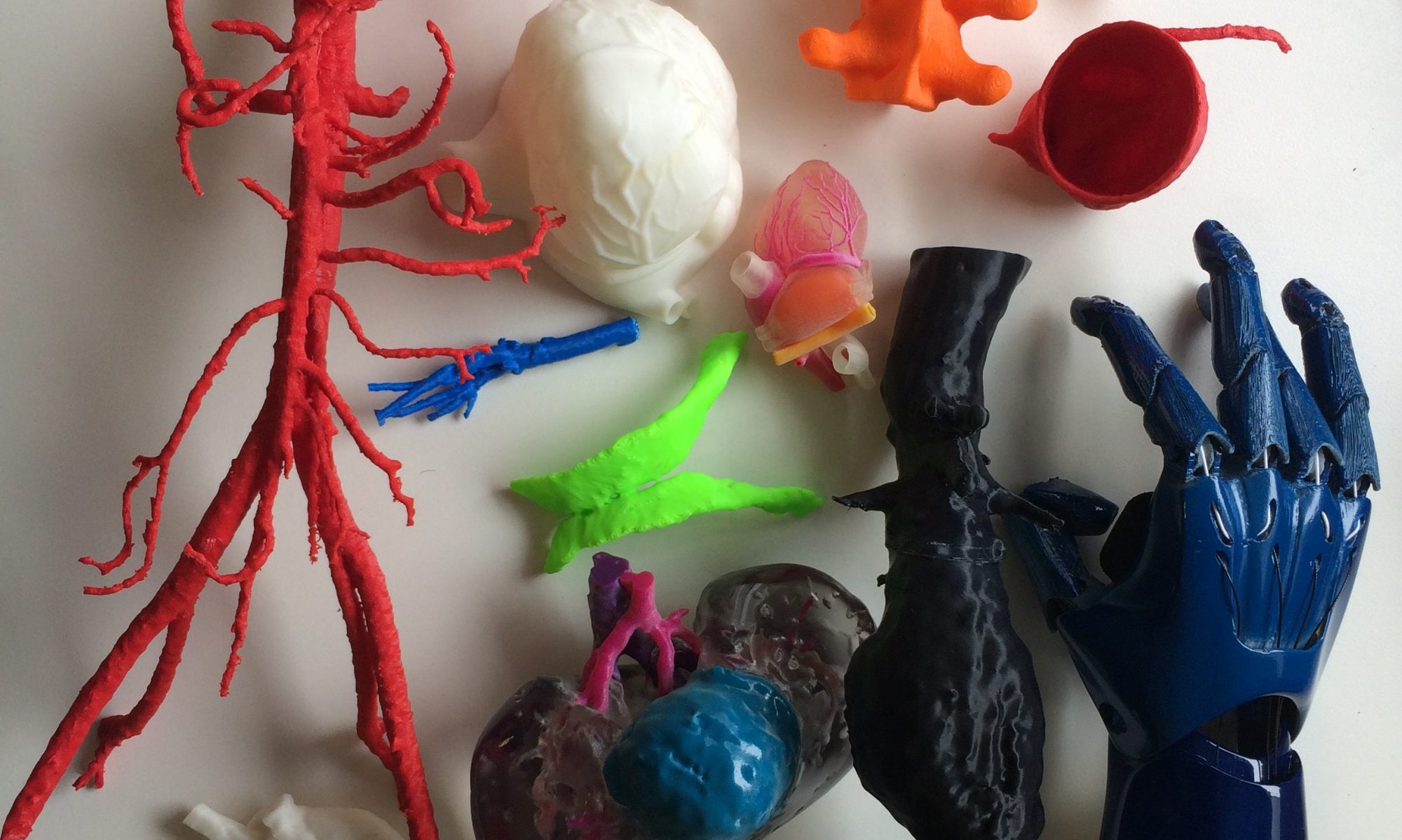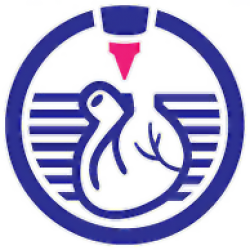It’s been a month since #3dMedAu18, and my goodness it’s been one hell of a ride. Thank you to everyone who made the weekend, especially those of you who made the journey from overseas or interstate. Thank you also to all conference attendees who submitted such positive feedback. After a well earned rest, we’ll be working hard to make #3dMed19 even bigger and better!
In the aftermath of this year’s conference, we’ve managed to inspire the next generation of innovators, and new collaborations have sprouted. Mission accomplished.
Thanks Jen @Enablethefuture, Jason @ozvascdoc, Sarah, Aaron, @3DMedLab delegates. You have inspired Nick @N1cholasG on what is possible with 3D printing to help people. 3dMed will be a springboard to his creativity and the pursuit of future goals. Thank you for sharing.#3dmedau18 pic.twitter.com/500desrGMS
— p vazquez (@vazquezpharmacy) October 18, 2018
For those of you who missed out, here’s a handy recap of the two, very full days. Let’s start with Day 1.
Continue reading “#3dMedAu18 Recap- Day 1”

